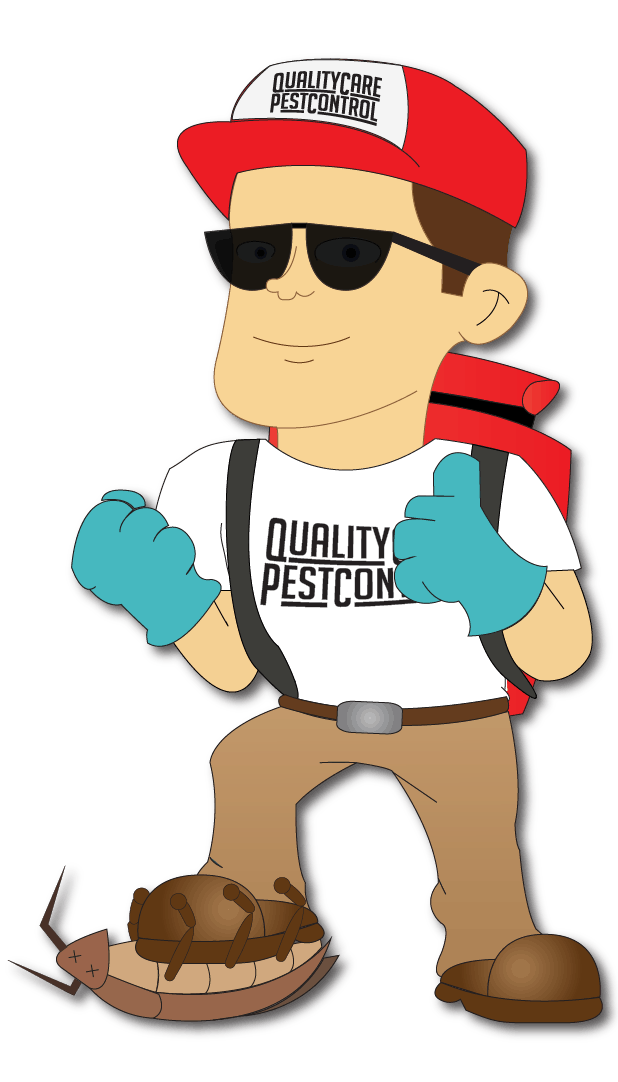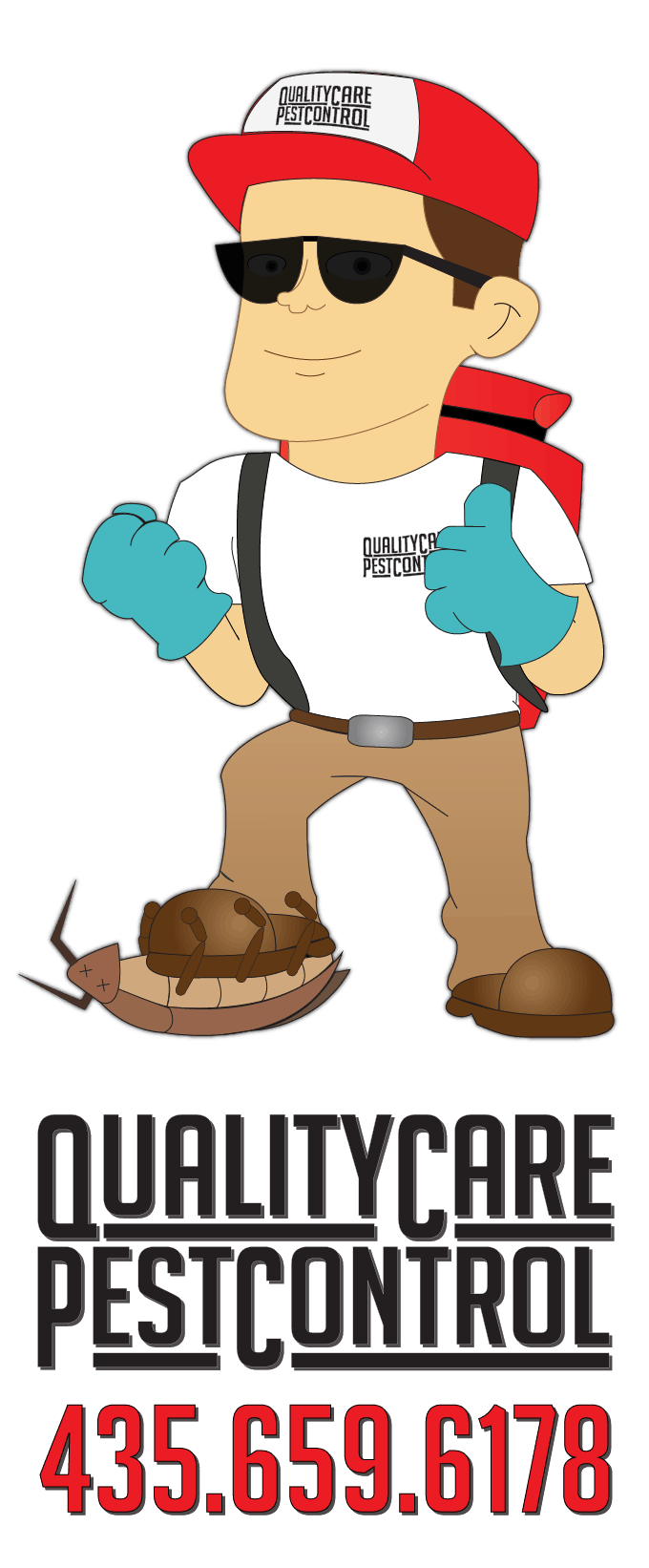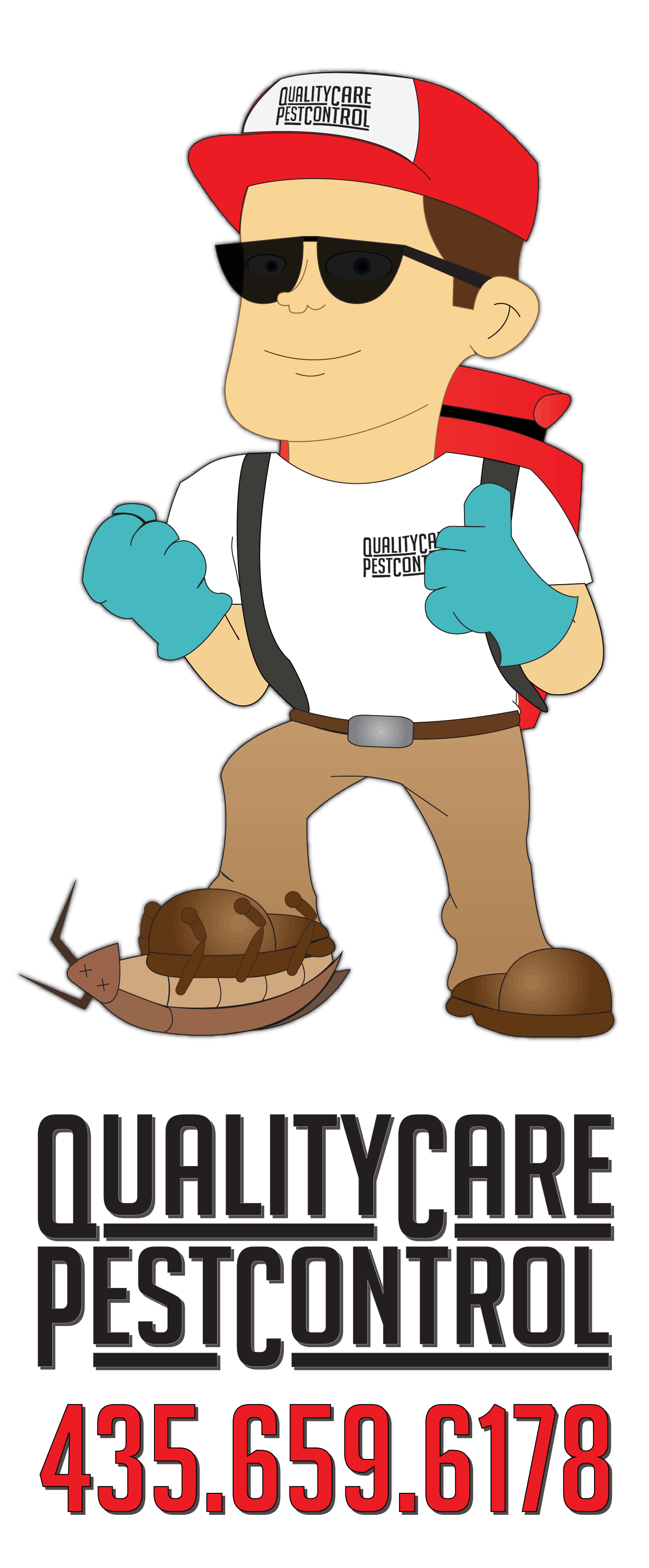Testimonials
Here’s What Our Clients Think About Quality Care Pest Control
Our first service was today and we couldn’t be happier! Jon is very easy to talk to, thorough, and loved our dogs, that makes him even better in our books
Jon helped with our hornet problem and then went above and beyond when a baby skunk made its way into our kitchen! He was taking care of the Hornets at the time the skunk came in and he was sweet enough to help lead the baby skunk out of our house without it spraying! Lucky for us he was there!
Jon does my pest control and he is the best I have found! He listens to my concerns about potential harm to other animals and birds then acts accordingly. Very dependable…and knowledgeable.
Quality Care Pest Control has been amazing! Jon is the ONLY company that has solved our pest situation! He is a great man and very knowledgeable about his business. Thanks, Jon, not sure what we would do without him!
I actually own a pest control company as well but the only person I refer business to when I can’t do it is to Jon with Quality Care Pest Control. He knows his stuff and is very personable.
He got rid of all our box elder bugs and then followed up two times after that! Great guy.
Quality work and trustworthy pest controller that you can depend on!
Jon Duda knows his stuff! Highly recommended.
Best in the valley.
Jon Duda is very professional – and the prices are great!
We have used Jon at several of our rentals and we won’t go with anyone else! Our tenants love him and so do we! Great prices and no more pests!
Learning Center
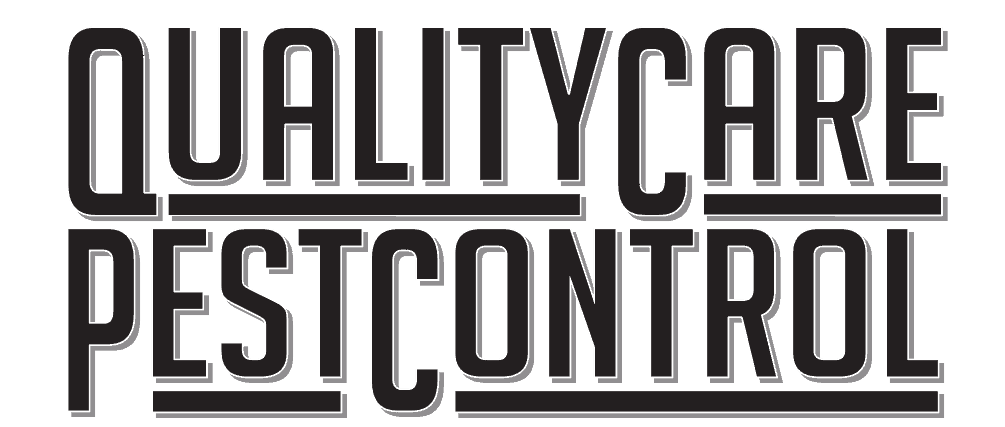
Spiders
Spiders have eight legs and two body segments. Tens of thousands of spider species have been identified throughout the world. There are several types of spiders found in Utah, only three are considered dangerous to humans. Quality Care Pest Control will identify and eliminate any spider in Park City and Summit County Utah. Call today for a free inspection.
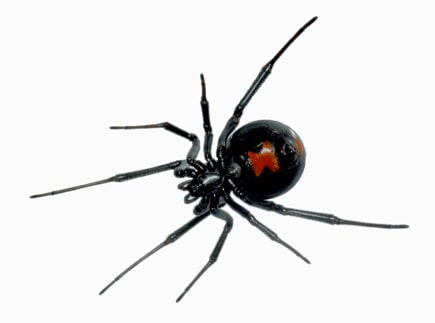 Black and Brown Widows (Latrodectus mactans)
Black and Brown Widows (Latrodectus mactans)
Belong to a group of spiders commonly called cobweb spiders. This species of spider is known for the females’ unique appearance and venomous bite. Black widows have a shiny black body with red hourglass markings. Brown widows have striped brown legs and an orange shaped hourglass, and their venom is much less dangerous than that of a black widow. These spiders build irregular, funnel-like webs of sticky silk. Female cobweb spiders are larger than males. Male and juvenile Black Windows are essentially harmless. Black widow spiders are common in Park City and Summit County Utah. Call Quality Care Pest Control and gain control on all pests inside and out of your home in Park City and Summit County Utah.
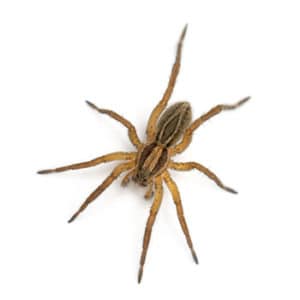 The Hobo Spider (Tegenaria agrestis)
The Hobo Spider (Tegenaria agrestis)
Member of the Funnel web weavers, and characterized by their ability to move rapidly, and by their layered, flat web, which has a funnel-like lair at the rear in which the spider resides and waits for prey. The web is not sticky like that of many spiders, but rather is a trip web, which traps insect prey that is unable to navigate on the surface. These spiders have a venomous bite. The most common reported symptom is a severe headache, other symptoms can include nausea, weakness, fatigue, temporary memory loss, and vision impairment. Commonly found around the foundations of houses, and beneath rocks, wood, and ornaments in yards. Adult hobo spiders are moderately large (12-18 mm body length) brown spider, with long, unmarked legs (legs included, a typical specimen would fit nicely on a silver dollar). The dorsal abdomen exhibits a “herringbone” or multiple chevron patterns. The Hobo spider is spreading fast throughout the northwestern part of America including Park City and Summit County Utah. Call Quality Care Pest Control and gain control on all pests inside and out of your home in Park City and Summit County Utah.
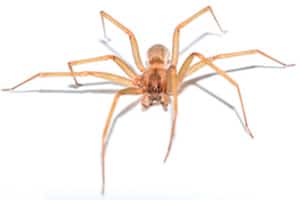 Brown Recluses (Loxosceles)
Brown Recluses (Loxosceles)
Are well known for their violin marking, and get their name from its color and habits. They often hide in dark, secluded places like under porches or deep in closets, and thrive in man-made areas. They also may be found under trash cans, tires, or any dark areas where prey is common to enter. They are primarily nocturnal, lay their eggs from May to July, and have a venomous bite. Reactions to a brown recluse bite vary depending on the amount of venom injected and the individual’s sensitivity levels. Some people may experience a delayed reaction, others an immediate reaction, and others no reaction at all. The Brown Recluse is not very common in Utah, but on occasions can be found in and around foundations of homes. The Brown Recluse is not common to Park City and Summit County Utah but has been found on occasion. Contact Quality Care Pest Control and gain control on all pests inside and out of your home in Park City and Summit County Utah.

Ants
 Carpenter Ants
Carpenter Ants
Are large ants ranging in size from about 1/4 to 1 inch, Carpenter Ants can damage wood by chewing it, although they do not actually eat it. Carpenter ants can leave sawdust-like material behind that can provide clues to a nesting location. They can be black or reddish brown in color and they prefer to build nests in dead, damp wood. The most likely species to be infesting a house in Utah is the Black Carpenter ant. Carpenter Ants make a humming noise when active, which is a sign of a severe infestation. Contact Quality Care Pest Control and gain control on all pests inside and out of your home in Park City and Summit County Utah.
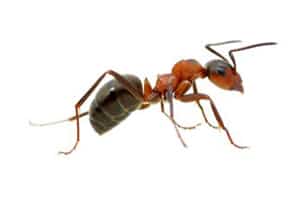 Pavement Ants
Pavement Ants
are dark brown to blackish in color and about 1/8th of an inch long. Their name comes from the fact that they usually travel through the seams and cracks in the pavement. Pavement ants can contaminate food and should be avoided. Pavement ants will feed on a wide variety of foods, including meats, grease, live and dead insects, seeds and honeydew from aphids. Contact Quality Care Pest Control and gain control on all pests inside and out of your home in Park City and Summit County Utah.
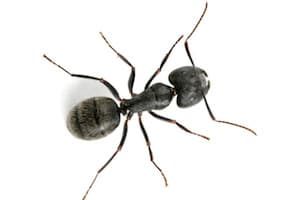 Little Black Ants
Little Black Ants
are extremely small and shiny black in color. Workers are about 1/16th inch in length and the queens are about 1/8th inch in length. Indoors, they are usually first seen in the kitchen, bathroom or laundry room but can spread to other areas very rapidly. Little black ants will form multiple colonies with multiple queens. Eggs laid by a queen can take just 10 days to hatch. This can make little black ants more difficult to get rid of than other species. Contact Quality Care Pest Control and gain control on all pests inside and out of your home in Park City and Summit County Utah.
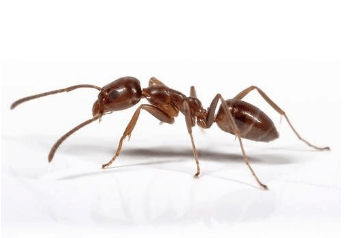 Argentine Ants
Argentine Ants
will set up quarters on the ground, in cracks in concrete walls, in spaces between boards and timbers, even among belongings in human dwellings. The worker ants are about 1/10-inch-long and can easily squeeze through the tiniest cracks and holes. Queens are two to four times the length of workers. In natural areas, they generally nest shallowly in loose leaf litter or beneath small stones, due to their poor ability to dig deeper nests. However, if a deeper nesting ant species abandons their nest, Argentine ant colonies will readily take over space. Contact Quality Care Pest Control and gain control on all pests inside and out of your home in Park City and Summit County Utah.

Rodents
Diseases Directly Transmitted by Rats
Hantavirus Pulmonary Syndrome– (Virus) This disease is spread in one of three ways, inhaling dust that is contaminated with rat urine or droppings, direct contact with rat feces or urine, and the bite of the rodent.
Leptospirosis Collapsed– (Bacteria) This disease is spread by eating food or drinking water contaminated with urine from infected animals, or contact through the skin or mucous membranes (such as inside the nose) with water or soil that is contaminated with the urine from infected animals.
Rat-bite Fever– (Bacteria) This disease is spread by Bite or scratch wound from an infected rodent, or contact with a dead rodent, and eating or drinking food or water that is contaminated by rat feces.
Salmonellosis– (Bacteria) This disease is spread by consuming food or water that is contaminated by rat feces.
Diseases Indirectly Transmitted by Rats
Plague– This disease is spread by fleas in the process of taking a blood meal, or direct contact with an infected rodent.
Colorado Tick Fever– This is a viral disease that is transmitted by the bite of a tick that has taken a blood meal from an infected rodent.
 Mice
Mice
Mice are remarkably well adapted for living year-round in homes. Homeowners are especially likely to notice mice during winter, following their fall migration indoors in search of warmth, food, and shelter. Once mice become established inside a home, they can be extremely difficult to control. Mice are prolific breeders, producing 6-10 litters continuously throughout the year. Common mice to Utah are The House Mouse and The Deer Mouse. Their droppings, urine, bite and scratch can carry several transmitted diseases such as Hantavirus Pulmonary Syndrome, Hemorrhagic Fever with Renal Syndrome, Leptospirosis, Lymphocytic Chorio-meningitis (LCM), Rat-Bite Fever, Salmonellosis. Mice can enter your home several ways, contact Quality Care Pest Control and gain control on all pests inside and out of your home in Park City and Summit County, Utah.
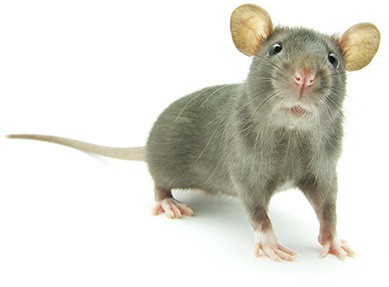 Rats
Rats
Rats feed on anything, including plant material, fruits, animal material, and garbage. There are several types, but rats most common to Utah are the Wood Rat and the Norway Rat. Mating occurs year-round, and female Rats can produce up to twelve litters of two to fourteen young each year. Rats are primarily nocturnal. Size varies with age up to a foot and a half. Wood Rats have furry tails while Norway Rats are larger and have shaved tails. There are several diseases transmitted from rats. Rat droppings, rat urine, rat bites and rat scratches all carry diseases such as Hantavirus Pulmonary Syndrome, Hemorrhagic Fever with Renal Syndrome, Lassa Fever, Leptospirosis, Plague, Rat-Bite Fever, Salmonellosis, South American Arenaviruses, Tularemia. Do not let rats and rodent diseases around your children or home. Rats are very common in Park City and Summit County Utah. Contact Quality Care Pest Control for a free inspection of your home. First, we trap, then exclude entry points, and can set up bait stations around the foundation of the home to keep rats and mice from entering. Contact Quality Care Pest Control and gain control on all pests inside and out of your home in Park City and Summit County Utah.
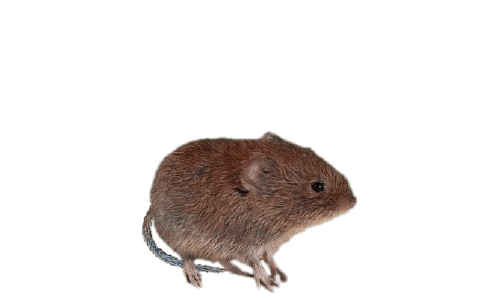 Voles
Voles
Voles are herbivores, they feed on the roots of vegetation mainly grass. They do extensive damage to lawns and yards, Voles make “runways” or “highways” by feeding and running over the same area shaping the grass into a tunnel to defend themselves from predators. They burrow multiple entry points to their dens and in winter make small nests out of dead grass underneath the snow. Voles do not hibernate and do most of their damage in the winter when the voles are protected from predators by the snow. Voles pregnancy stage last 24 days, with litters from 4 to 11 and can start breeding at the 10 days old. You can see how a small infestation can turn into an epidemic over a short period of time. Baits are the only way to control a vole population from starting or stopping an infestation. I use an anticoagulant bait, it is still poison but there is a vaccine that can be administered at any veterinarian or hospital to reverse the effects if any non-target animal or person manages to get to the bait. The bait is placed in tamper-proof stations designed only for rodents to access the bait inside. The bait is secured inside the bait station so it will not fall out and staked down to the ground with a ten-inch stake. Voles look very similar to Mice but have completely different characteristics, Voles have a very small tail and a blunt face with small claws for digging. Contact Quality Care Pest Control and gain control on all pests inside and out of your home in Park City and Summit County Utah.

Cockroaches
Perhaps the most disgusting pest of all and have many negative consequences for human health. They are known to spread 33 kinds of bacteria, including E. coli and Salmonella species, 6 parasitic worms and more than 7 other types of human pathogens. Certain proteins found in cockroach feces, saliva, and body parts can cause allergic reactions or trigger asthma symptoms, especially in children. Cockroaches are usually scavengers and can eat a wide variety of items, often almost anything organic, including decaying matter. Once infected it is almost impossible to rid these pests without professional help. Contact Quality Care Pest Control and gain control on all pests inside and out of your home in Park City and Summit County Utah.
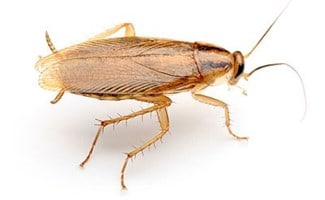 German Cockroaches (Blattella germanica)
German Cockroaches (Blattella germanica)
are a small species of cockroach, usually about 1/4 inch – 3/4 inch long, tan to light brown in color. The adults are winged but do not fly. German cockroaches carry organisms that cause disease, bacteria, protozoans, and viruses that cause gut symptoms, food poisoning, dysentery, and diarrhea. They also produce malodorous secretions that taint the flavor of food, and their cast skins are allergens. Their flat bodies allow them to live in cracks and crevices of human habitations, often in large numbers. Mostly nocturnal, these insects are very hardy and resilient and are difficult to exterminate. Females protect their young by holding their eggs in an ootheca until they hatch. Contact Quality Care Pest Control for a free inspection of your home in Park City and Summit County Utah.
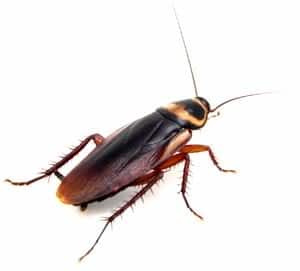 Brown-banded Cockroaches (Supella longipalpa)
Brown-banded Cockroaches (Supella longipalpa)
are a small species of cockroach, measuring about 5/8 inch long. They are tan to light brown in color and have two light-colored bands across the wings and abdomen. The male has wings that cover the abdomen, while the female has wings that do not cover the abdomen completely. They can often be found in homes and apartments, but are less common in restaurants. They tend not to be found in the daytime since they avoid light, and they eat a wide variety of items. Contact Quality Care Pest Control and gain control on all pests inside and out of your home in Park City and Summit County Utah.
 American Cockroaches (Periplaneta americana)
American Cockroaches (Periplaneta americana)
also known as the palmetto bug or waterbug, grow to an average length of around 1 1/2 inches and about 1/4 inch tall. They are reddish brown and have a yellowish margin on the body region behind the head. Immature cockroaches resemble adults except they are wingless. Particularly in the southern United States is the largest common species of pest cockroach. Often found in bakeries, warehouses, hotels, zoos, greenhouses, mines, sewers and ships, they scavenge for food but can survive long periods of starvation. Adults live for between 4 to 21 months and the eggs hatch in 4-12 weeks. Contact Quality Care Pest Control and gain control on all pests inside and out of your home in Park City and Summit County Utah.

Beetles
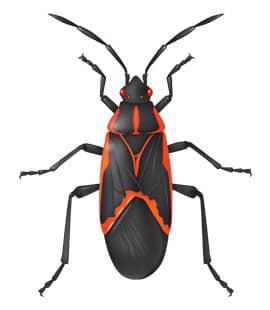 Boxelder Bugs
Boxelder Bugs
The boxelder bug population are a black beetle with orange reddish markings on dorsum. Boxelder bugs live and thrives on maple and seed-bearing boxelder trees during the warmer months where they lay their eggs and feed on leaves, flowers and seeds. Occasionally, they will feed on the fruits of plum and apple trees. In autumn, boxelder bugs become gregarious and congregate on the south side of rocks, trees and buildings where the sun hits. After large masses gather, they migrate to nearby buildings or homes to overwinter. These pests tend to hide in small cracks and crevices in walls to insulate themselves from the cold winter temperatures. In late March to early April, adults leave their overwintering sites to return to their host trees for the warmer months. Contact Quality Care Pest Control and gain control on all pests inside and out of your home in Park City and Summit County Utah.
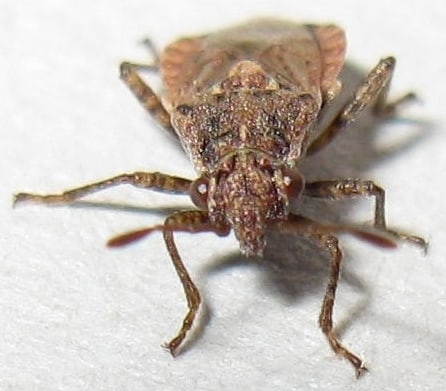 Scentless Plant Bug
Scentless Plant Bug
In spring, adults return to plants, begin feeding on foliage, and, after mating, lay eggs in clusters of one to three dozen on the foliage or developing fruit of their host. After about a week, eggs hatch and tiny nymphs begin to feed. The plant bug requires little more than a month to complete a generation in summertime and in southern states, several generations occur each year. After large masses gather, they migrate to nearby buildings or homes to overwinter. These pests tend to hide in small cracks and crevices in walls to insulate themselves from the cold winter temperatures. In late March to early April, adults leave their overwintering sites to return to their host trees for the warmer months. Contact Quality Care Pest Control and gain control on all pests inside and out of your home in Park City and Summit County Utah.
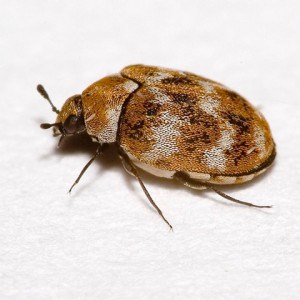 Carpet Beetles
Carpet Beetles
Adults lay eggs on a larval food source such as woolen fabric or carpets or furs. Eggs hatch in about two weeks, and the larvae feed for varying periods, depending upon the species and environmental conditions; they prefer dark, secluded places. When ready to pupate, the larvae might burrow further into the food or wander and burrow elsewhere. They might also pupate within their last larval skin if no other shelter is available. Although larvae don’t make webs as clothes moths do, their shed skins and fecal pellets, which are about the size of a grain of salt, make it obvious where they have been feeding. Carpet beetle adults don’t feed on fabrics but seek out pollen and nectar. They are attracted to sunlight, and you’ll often find them feeding on the flowers of plants that produce abundant pollen. However, you can accidentally bring these pests inside on items such as cut flowers. With their rounded bodies and short antennae, carpet beetles somewhat resemble lady beetles in shape. Contact Quality Care Pest Control and gain control on all pests inside and out of your home in Park City and Summit County Utah.
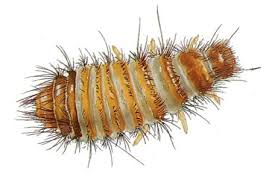 Varied Carpet Beetle (Anthrenus verbasci)
Varied Carpet Beetle (Anthrenus verbasci)
The adult varied carpet beetle, is about 1/10 inch long and black with an irregular pattern of white, brown, and dark yellow scales on its wing covers, or elytra. Outdoors, female beetles search out spider webs or bee, wasp, or bird nests as places to lay their eggs. The nests and webs contain dead insects, beeswax, pollen, or other debris that can serve as larval food. Indoors, beetles deposit eggs on or near wool carpets and rugs, woolen goods, stuffed animals, silk, dried plant products, and other materials that can serve as larval food. Adults usually appear in spring or early summer; indoors, you’ll often find them near windows. Contact Quality Care Pest Control and gain control on all pests inside and out of your home in Park City and Summit County Utah.
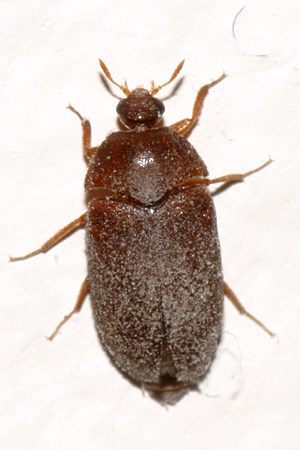 Black Carpet Beetle (Attagenus Unicolor)
Black Carpet Beetle (Attagenus Unicolor)
Adults and larvae of the black carpet beetle, are distinctly different from the carpet beetles described above. Adult black carpet beetles range from 1/8 to 3/16 inch long. They are shiny black and dark brown with brownish legs. Full-sized larvae can be as long as 5/16 inch and range from light brown to almost black. Larvae are shiny, smooth, and hard, while short, stiff hairs cover their body. Their body tapers toward the rear and ends in a tuft of long hairs. The black carpet beetle is a more serious stored-product pest than a fabric pest. Contact Quality Care Pest Control and gain control on all pests inside and out of your home in Park City and Summit County Utah.

Wasps
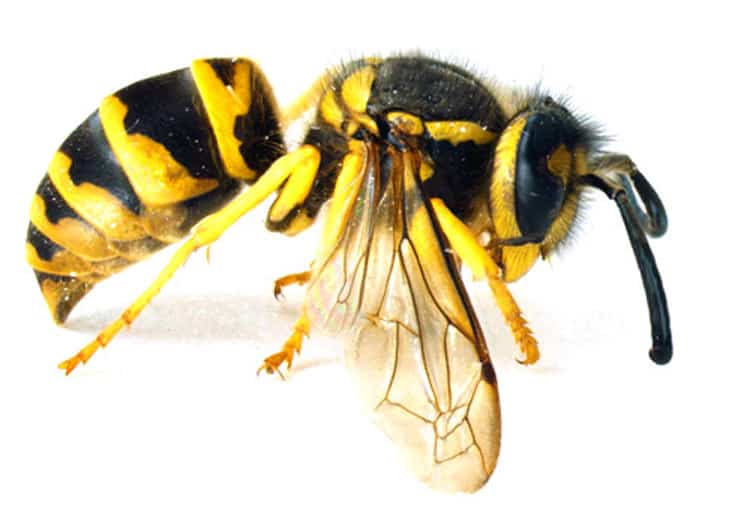 Yellow Jackets
Yellow Jackets
Yellow jackets are aggressive pests that possess a painful sting and bite that can cause the same risk of allergic reaction as other insect stings. The bright yellow and black insects are commonly confused for a bee. Yellow jacket nests are commonly built underground, trees, attics, between walls, under or even inside eaves of houses. A nest in the eaves or underground is difficult to locate because the entrance is about the size of a quarter. Most yellow jacket workers forage for food within 1,000 feet of their nest. Yellow jackets are more aggressive than other stinging insects such as mud daubers or bees. Yellow jackets can both sting and bite (they will often bite to get a better grip to jab their stinger in). Since they don’t lose their stinger, they can sting numerous times, and will do so unprovoked. Yellow jackets vigorously defend their nests. Swarm attacks can occur when someone accidentally steps in or hits a nest opening. In the autumn, inseminated females will seek places to spend the winter, and may find their way indoors, especially if there is a vaulted ceiling present. Contact Quality Care Pest Control and gain control on all pests inside and out of your home in Park City and Summit County Utah.
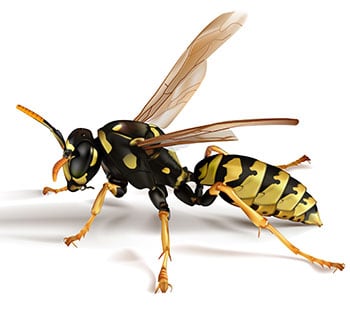 Paper Wasp
Paper Wasp
While not an aggressive species by nature, paper wasps (black and yellow) will sting if they are disturbed or their nest is threatened. Wasp stings are painful and can cause the same risk of allergic reaction as other insect stings. Paper wasp nests are commonly built on trees, attics, between walls, under, or even inside eaves of houses. They eat nectar and other insects including caterpillars and flies. In the autumn, inseminated females will seek places to spend the winter, and may find their way indoors, especially if there is a vaulted ceiling present. Contact Quality Care Pest Control and gain control on all pests inside and out of your home in Park City and Summit County Utah.
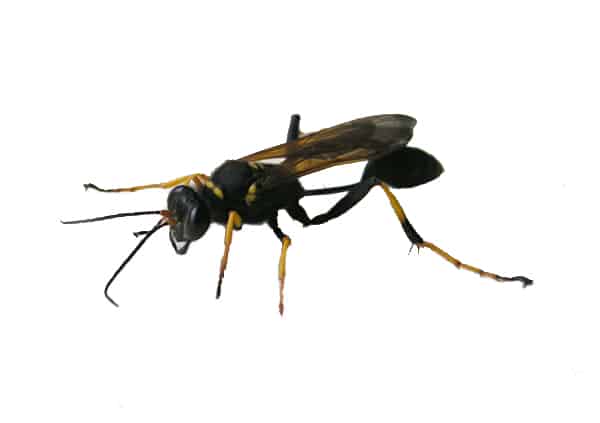
Mud Dauber
Mud daubers are solitary wasps. They are not social and do not live in colonies. Mud daubers provision spiders for their larvae by paralyzing them with their venom and bringing them into their nests. Female mud daubers construct nests of mud. Many short mud tubes, usually about 1″ long, are constructed side by side. They usually build their nests in a sheltered site, such as under eaves, porch ceilings, in garages and sheds left open, in barns and attics, etc. Nests typically exhibit round holes in them as the wasps emerge. This means the nest is probably old and inactive after springtime. Mud daubers do not defend their nests. In fact, open pipe mud dauber stings are fairly rare. These insects are typically considered nuisance pests, and are actually beneficial as they help control spiders. Contact Quality Care Pest Control and gain control on all pests inside and out of your home in Park City and Summit County Utah.

Bed Bugs
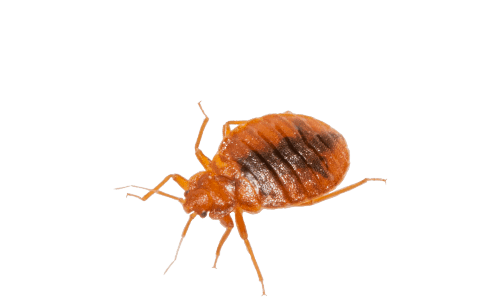 Small, oval, brownish insects that feed on the blood of animals or humans. Adult bedbugs have flat bodies about the size of an apple seed. After feeding, however, their bodies swell and are a reddish color. They move quickly over floors, walls, and ceilings. Female bedbugs may lay hundreds of eggs, each of which is about the size of a speck of dust, over a lifetime. Immature bedbugs, called nymphs, shed their skins five times before reaching maturity and require a meal of blood before each shedding. Under favorable conditions, the bugs can develop fully in as little as a month and produce three or more generations per year. Bedbugs may enter your home undetected through luggage, clothing, used beds and couches, and other items. Their flattened bodies make it possible for them to fit into tiny spaces, about the width of a credit card. Bedbugs do not have nests like ants or bees but tend to live in groups in hiding places. Their hiding places include mattresses, box springs, bed frames, and headboards where they have easy access to people to feed. Bed Bugs can not be treated by anyone and are considered the most difficult pest to control and eliminate. Contact Quality Care Pest Control to get the job done right the first time. Inspecting homes in Park City and Summit County Utah.
Small, oval, brownish insects that feed on the blood of animals or humans. Adult bedbugs have flat bodies about the size of an apple seed. After feeding, however, their bodies swell and are a reddish color. They move quickly over floors, walls, and ceilings. Female bedbugs may lay hundreds of eggs, each of which is about the size of a speck of dust, over a lifetime. Immature bedbugs, called nymphs, shed their skins five times before reaching maturity and require a meal of blood before each shedding. Under favorable conditions, the bugs can develop fully in as little as a month and produce three or more generations per year. Bedbugs may enter your home undetected through luggage, clothing, used beds and couches, and other items. Their flattened bodies make it possible for them to fit into tiny spaces, about the width of a credit card. Bedbugs do not have nests like ants or bees but tend to live in groups in hiding places. Their hiding places include mattresses, box springs, bed frames, and headboards where they have easy access to people to feed. Bed Bugs can not be treated by anyone and are considered the most difficult pest to control and eliminate. Contact Quality Care Pest Control to get the job done right the first time. Inspecting homes in Park City and Summit County Utah.
Services
Mice Trapping + Sealing Up Home
- Sealing Up Home Exterior
- Mice Trapping
- Seasonal
Roof Top Critters + Sealing Up Roof Entry Points
- Prevent Roof Top Entry
- Seal Critter Entrances
- Seasonal
One-Time Treatment for Insects
- Safe for Children
- Safe for Pets
- One-time Service
Contact
Get In Touch With A Quality Care Pest Control Representative
